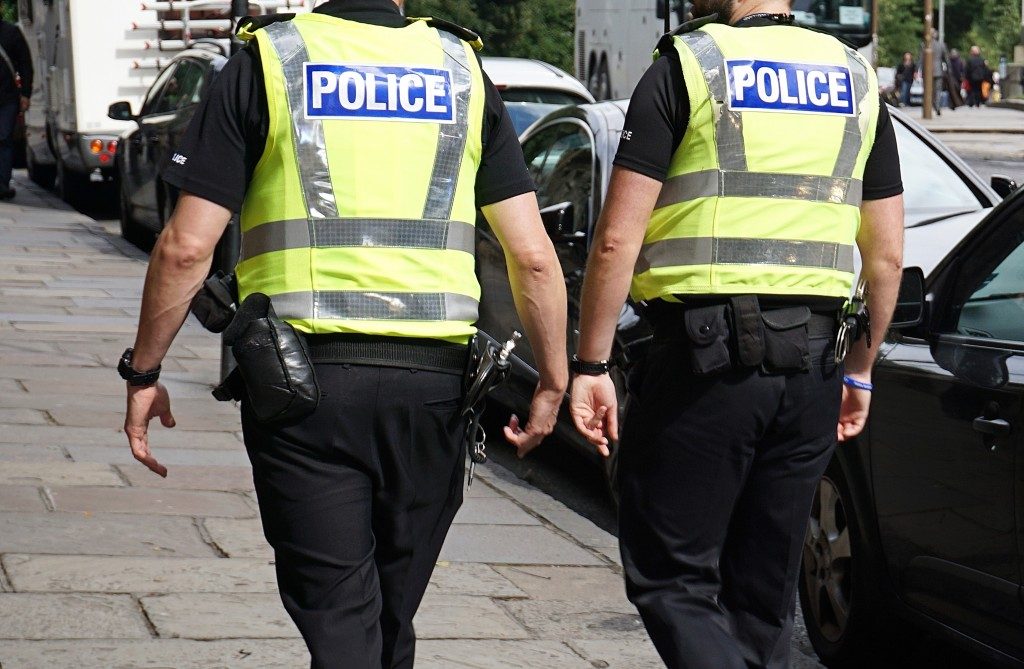Police officers are usually put in high-stress situations like pursuits and emergencies. Their driving ability and decision-making capacity can become compromised with the human factors involved with these stressful scenarios. Some of the factors are outlined below.
Perception and Attention
Perception refers to the ability to receive and interpret information in the environment. Only information that is properly perceived is made available for decision-making, judgment, and storage into memory. Initial misinterpretation during a stressful situation can result in human error.
Human attention is usually likened to a spotlight. Information is best processed where the beam is directly focused. But multiple stimuli can divide attention and an individual ends up devoting less focus to each point. Unfortunately, peripheral information can go unprocessed or misinterpreted as with tunnel vision.
Decision-Making
Individuals can only make well-informed decisions when they’re presented with all available variables and have enough time to process and react to the situation. But situations of acute stress, as in emergencies, do not provide all the relevant pieces of information. Responders have to make rapid decisions with limited information, and the inferences they make can result in human error.
Stressors
Both situational and environmental stressors can influence human performance and decision-making. A police chase or an emergency situation normally includes sirens, fast speeds, radio traffic, multi-tasking, and the thrill of the situation itself. These factors can heighten emotions and trigger the fight or flight response of an officer. Their stress hormones are released, and they may experience increased levels of performance. However, at the extremes, they can result in cognitive deficits, decreases in reaction times, and the tunnel vision effect.
Emergency Driving Situations
 As part of their job description, police officers and ambulance drivers have to engage in pursuit or emergency driving. Officers, in particular, have to divide their attention between a suspect vehicle, their own vehicle, radio reports, and potential hazards in the environment during a high-speed chase. This is a stress-filled situation that can compromise an officer’s perception, attention, and decision-making capacity. An officer that loses situational awareness for even a second can end up making poor decisions and other errors in judgment.
As part of their job description, police officers and ambulance drivers have to engage in pursuit or emergency driving. Officers, in particular, have to divide their attention between a suspect vehicle, their own vehicle, radio reports, and potential hazards in the environment during a high-speed chase. This is a stress-filled situation that can compromise an officer’s perception, attention, and decision-making capacity. An officer that loses situational awareness for even a second can end up making poor decisions and other errors in judgment.
One way to reduce the incidence of human error in pursuit or emergency driving is the provision of awareness training. Officers need to be made known of the human factors that could negatively affect their performance. They have to understand their own capabilities and limitations when reacting to a stressful situation.
They need to be able to manage their confidence and avoid getting tunnel vision while they’re on a chase. For instance, officers cannot assume they are safe from traffic incidents just because their sirens and emergency light bars are turned on. Other vehicles on the road may not immediately notice and stop for them, especially when the police vehicle is speeding through a red light or counter flowing onto their lane.
Police officers can be provided resilience training programs so they can better manage chronic and acute stress. With practice, they can significantly reduce the negative influences of these human factors and be able to make better decisions in a real-life scenario.

